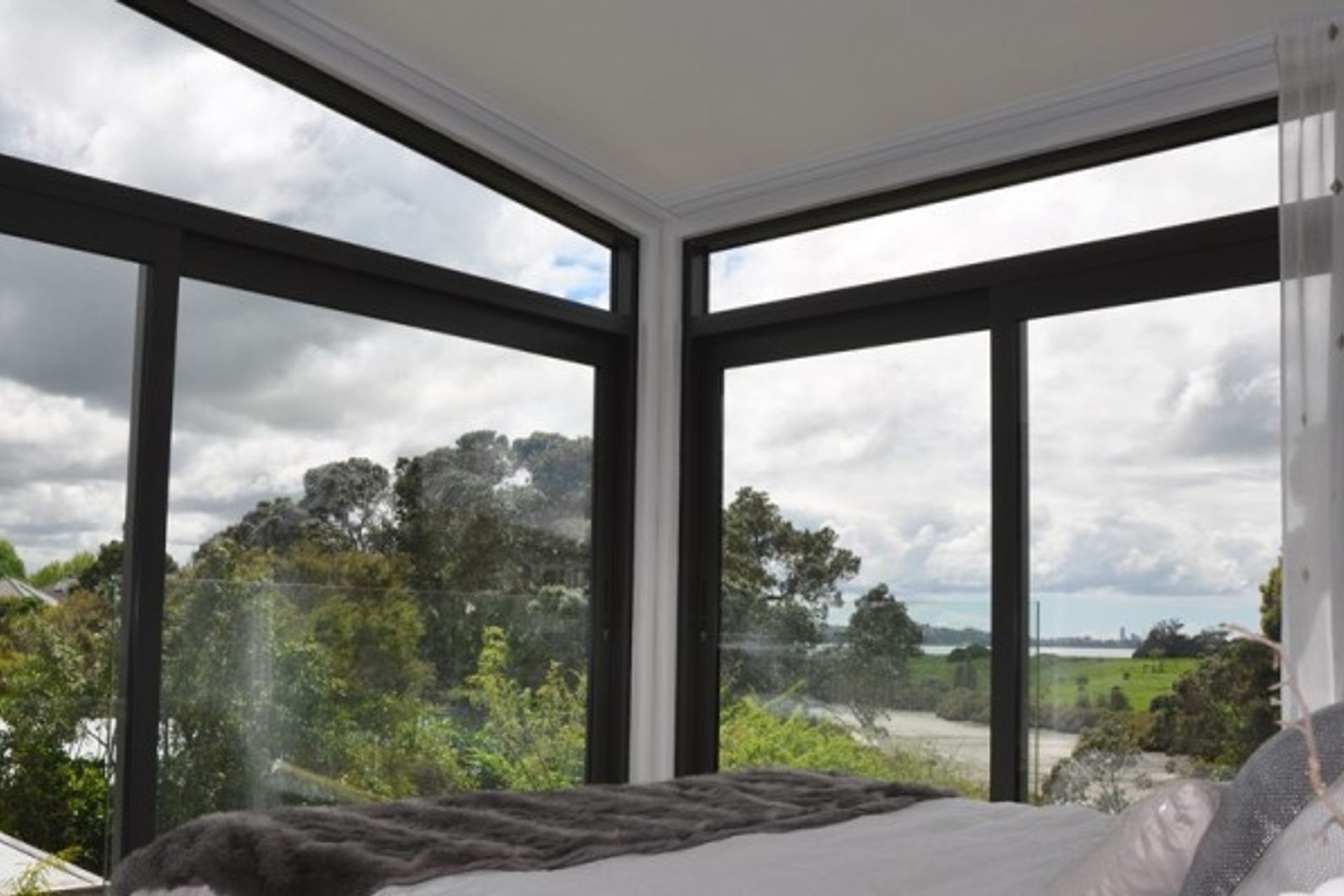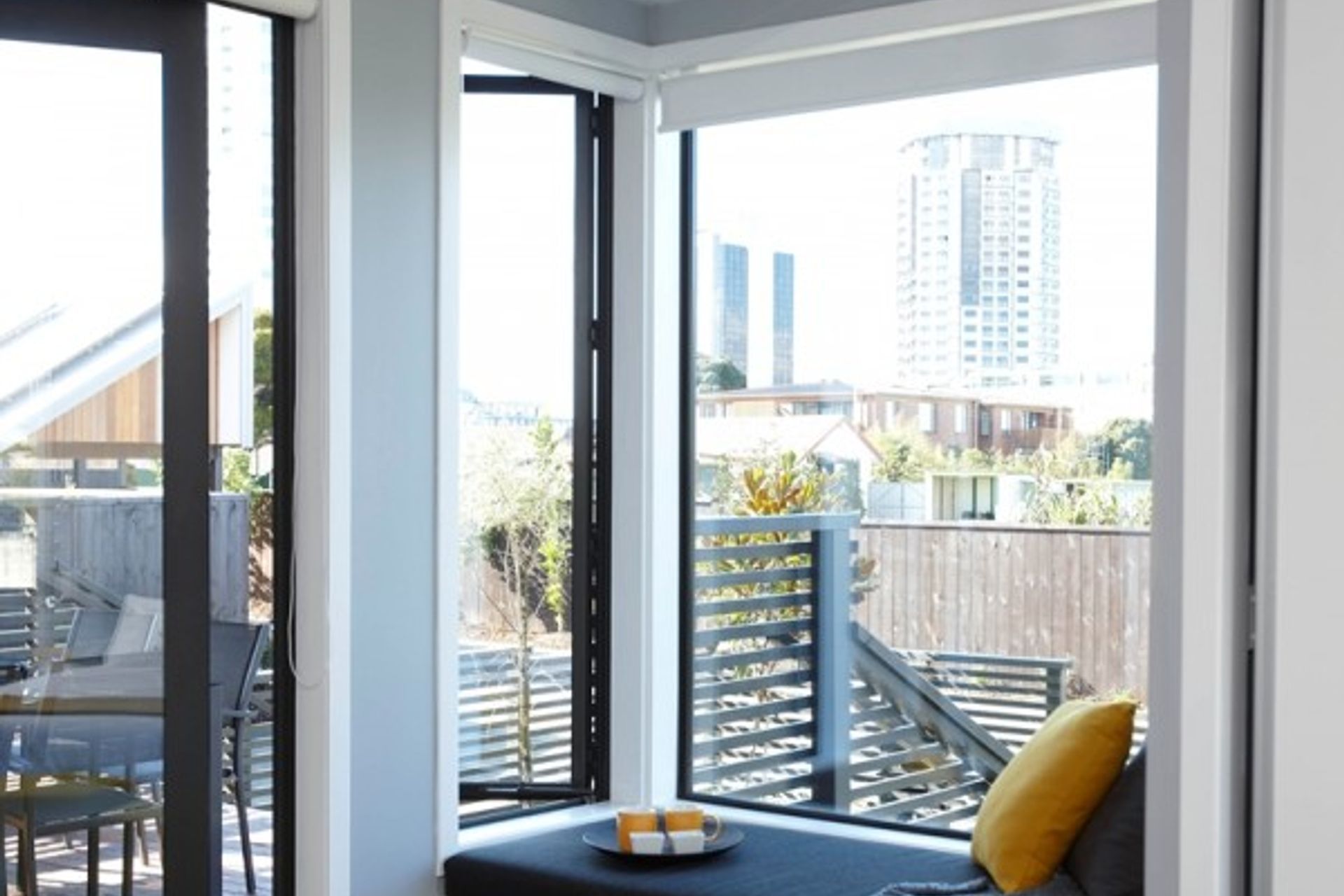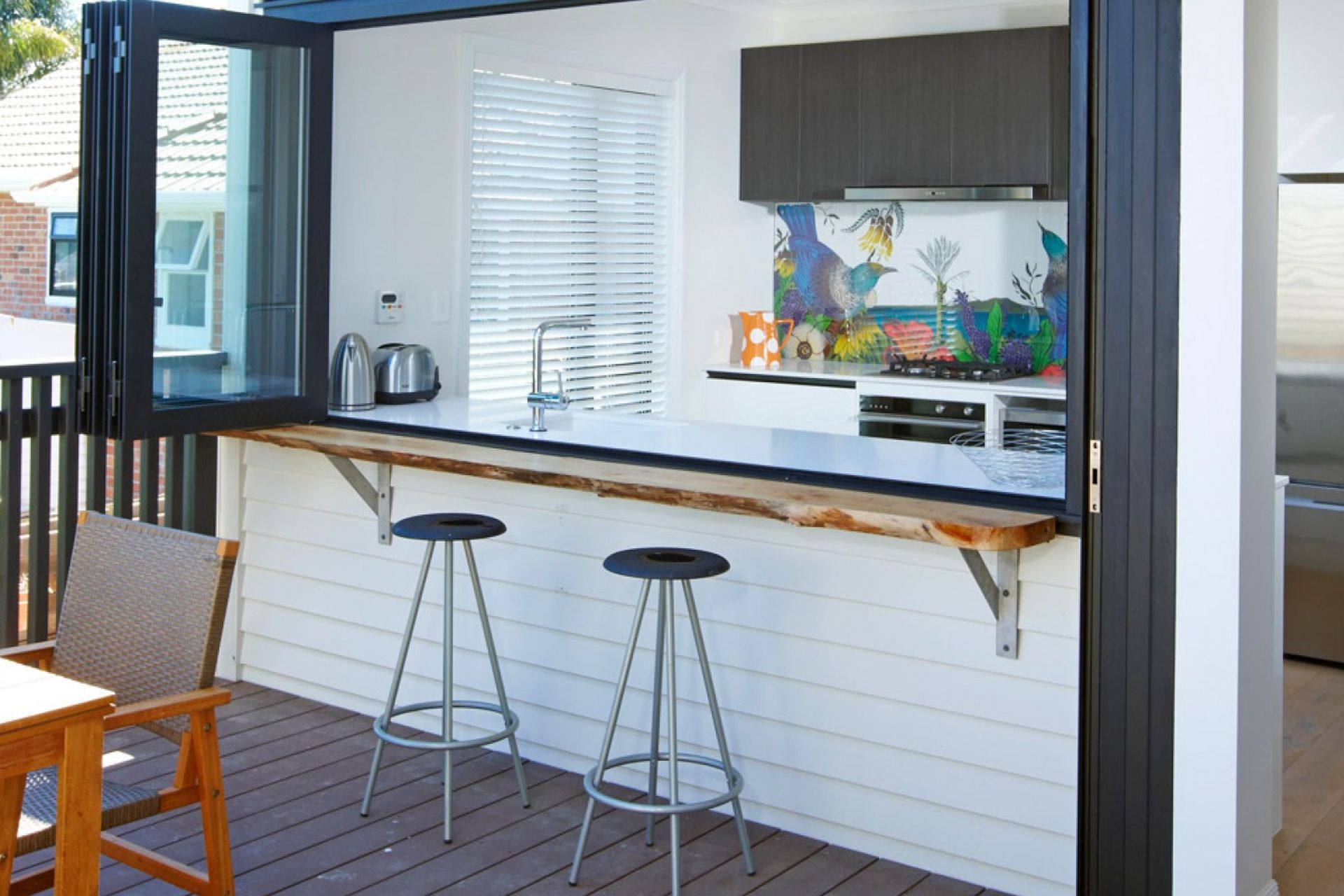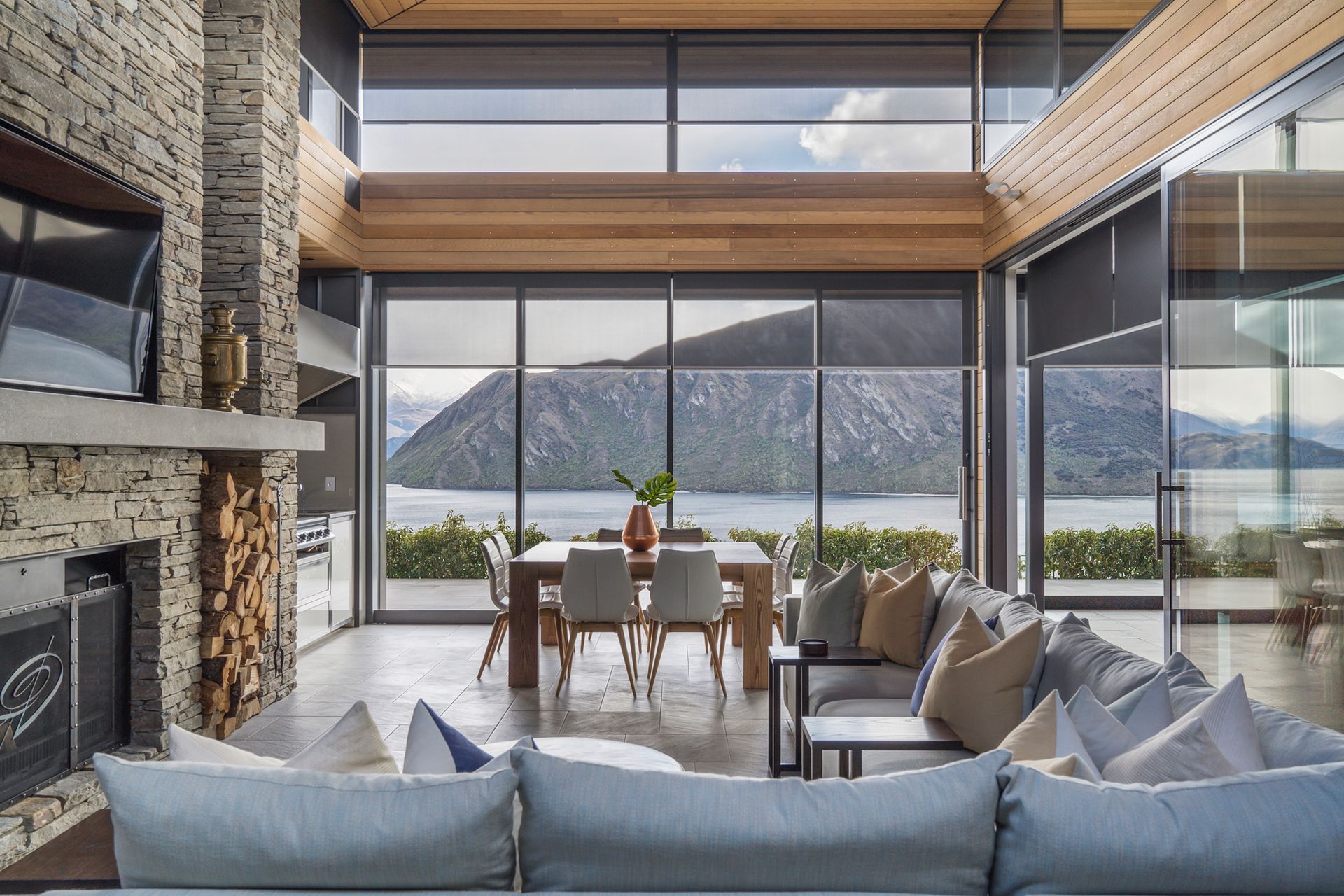How Energy efficient are Aluminum Windows ?

What makes an energy-efficient window?
An energy-efficient window is customarily defined as one that minimises the amount of energy needed to heat or cool your home by creating an insulating layer with minimal heat leakage. This is achieved through a number of different components working together to provide thermal protection, to guard against both heat loss and heat gain.
As we strive towards a cleaner and greener building environment, it has never been more important to incorporate energy efficiency into our building projects. This is particularly the case with windows, the traditional protagonists of heat escape and transfer in a building face.
So what makes an energy-efficient window and how thermally protective are aluminium windows?

What are energy-efficient windows?
Double glazing
Double glazing is where two panes of glass are fitted within the window, with an air space positioned between them. It is considered an essential factor for all energy-efficient windows and dramatically reduces all forms of heat transfer.
The most important element of double glazing is the air space between the glass panes. This space should be fully sealed and acts as an insulator. It can also be filled with gases like argon, which have low conductive properties to further limit the transfer of cold air.
In particularly cold climates, many also opt for triple glazing - however, it's important to remember that more panes aren't always better. It's best to talk to an experienced window manufacturer to find out which would best suit your local region.
Warm edge spacers
It is commonly thought amongst the building trade that around 80 per cent of energy loss through a window occurs at its edges. For that reason, warm edge spacers are a popular addition to energy-efficient windows. These products are made from thermally efficient materials and fixed in the construction of a double or triple-glazed window unit. They firmly separate and seal the glass panes to prevent and heat transfer between the air space and the edge of the window.
Low-E coatings
Low-E glass is a pane covered with a low-emissivity film. This is a near-invisible coating that can be fitted to the inside or outside of the glass. It is designed to reflect heat back in the direction it came from whilst still allowing light through.
Weather seals
Gaps and cracks around the frames of windows are a common cause of thermal efficiency. Warm and cool air can easily escape or enter through these holes and so high-quality seals are essential to true energy efficiency. Compression seals are a favourite for achieving total sealing.

An explanation of R and U values
R and U values are often mentioned in conjunction with window energy efficiency and both are useful measurements to understand when deciding on the best window materials. The values can be related to all components of a window such as the glazing, frame and low-E coating.
U-value: Measures how well a window prevents non-solar heat loss or gain, or the rate of heat transfer through a material. The lower a U-value is measured at, the greater the window components resistance to heat flow and so the better its insulating value.
R-value: Measure how resilient material is to heat transfer. This is defined by factors such as thickness, material type and so forth. In contrast to U-values, the higher the R-value, the better.
How does the frame contribute to energy efficiency?
Frames are an essential part of any window. As well as providing the structural dynamics of the product, they are also an important factor in energy efficiency. Just as the glass can allow or protect against heat transfer, so too can the frame itself.

How does the frame contribute to energy efficiency?
Frames are an essential part of any window. As well as providing the structural dynamics of the product, they are also an important factor in energy efficiency. Just as the glass can allow or protect against heat transfer, so too can the frame itself.
Historically, aluminium frames were considered to be less thermally efficient than timber. However, this preconception is largely based on outdated information. Modern aluminium frames fabricated with high-performance metal exceed energy standards and regularly provide a better thermal performance than more expensive alternatives like timber.
Aluminium frames can also be thermally broken to further increase their energy-efficiency. When using thermal break technology, there are two main formats, a resin filled channel, perfect for double glazing, and a reinforced polyamide bar which is inserted between the inside and outside aluminium profiles suited for double and triple glazing, both creating an insulated barrier within the window frame. This will conduct heat, cold and noise 1,000 times slower than standard aluminium. Your Altus Windows specialist will guide you to the system best suited to your specific needs.
Historically, aluminium frames were considered to be less thermally efficient than timber. However, this preconception is largely based on outdated information. Modern aluminium frames fabricated with high-performance metal exceed energy standards and regularly provide better thermal performance than more expensive alternatives like timber.
Aluminium frames can also be thermally broken to further increase their energy-efficiency. When using thermal break technology, there are two main formats, a resin-filled channel, perfect for double glazing, and a reinforced polyamide bar which is inserted between the inside and outside aluminium profiles suited for double and triple glazing, both creating an insulated barrier within the window frame. This will conduct heat, cold and noise 1,000 times slower than standard aluminium. Your Altus Windows specialist will guide you to the system best suited to your specific needs.

Other qualities of aluminium window frames
Aluminium is a popular material for window frames and they offer many advantages in the long term. Here are some of the key qualities of aluminium windows
Highly durable: Aluminium frames are highly robust and are corrosion and water-resistant. Unlike other materials, aluminium will not swell, crack, split or warp over time.
Cost: Aluminium provides many of the benefits of other framing materials without the cost.
Maintenance: Due to its durable qualities, aluminium window frames need very little maintenance to perform to the highest standards over their lifetime.
Aesthetics: Aluminium can be finished in a variety of ways to fit with whatever decor you may have. This includes metallic and timber finishes in almost any colour.
Eco friendly: Aluminium is a sustainable material that can be recycled once used.
If you're looking for the best energy-efficient window solution for your home, get in touch with the experts at Altus Window Systems today.
